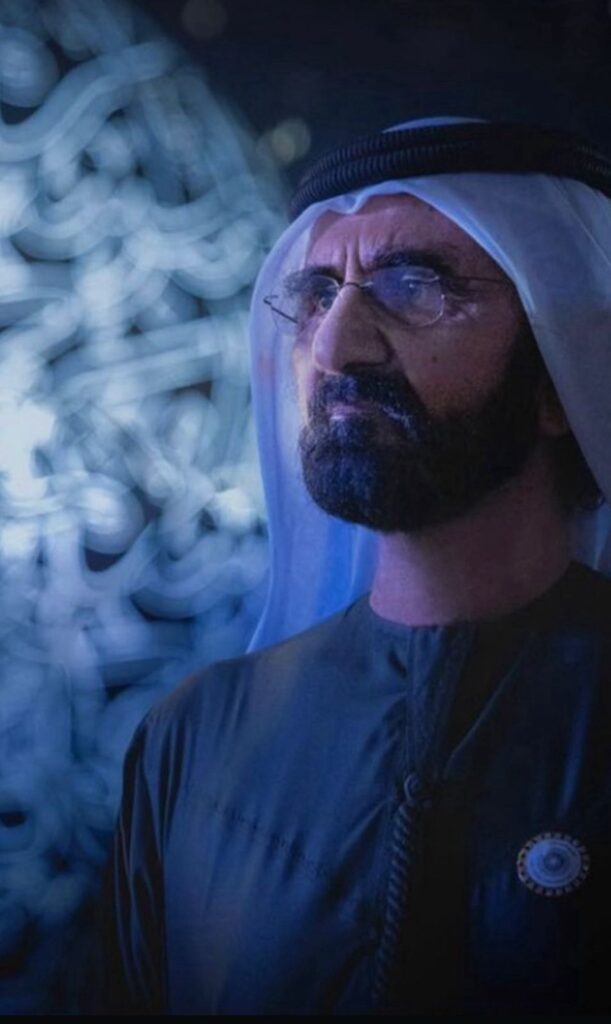In the quiet rhythm of daily life, we pass by one another unseen. Streets are filled with movement—faces behind windows, voices in passing cars, gestures exchanged without meaning. Each person bears their own hidden world, yet we so rarely pause to wonder who they are, or what lives within them. In our haste, we remain strangers—intact, yet unknown.
Then came the digital street—a place where words travelled faster than footsteps, and where stories, once silenced by distance or anonymity, found their audience. Here, the unseen became visible. Thoughts became posts, emotions became captions, and the smallest voices reached far beyond their physical boundaries. It was imperfect, yes—but it was also human. The need to share, to belong, to be heard, was met with tools that allowed us to be more than passers-by.
But what we witnessed was not merely connection—it was transformation. Slowly, we began to measure the value of expression not by truth, but by reach. Who said it began to matter more than what was said. Our screens, though intimate, became reflective surfaces shaped by perception, not presence.
In time, the space that once invited connection began to shape behaviour. The act of sharing, so liberating at first, grew entangled with validation. We no longer communicated to understand, but to be understood. And in that shift, we became vulnerable—to misinformation, to distortion, to a quiet erosion of clarity.
Still, the desire to be known remained. The digital world, for all its noise, still whispered with the longing of its users: see me, hear me, know me.
Now, we find ourselves at the threshold of something greater still—not a new platform, but a new state of being. A world in which technology no longer merely records what we express, but understands it. Anticipates it. Learns from it in real time. A world we might call Know Now—where intelligence is embedded in our cities, our homes, our very movements.
In this world, we do not so much use technology as live within it. Systems respond to our needs before we articulate them. Services adapt before we request them. Data is no longer collected and stored—it is interpreted and acted upon, in the moment. This is the promise of full integration: that life itself may become seamless, efficient, even predictive.
And yet, the closer we come to being known, the more we must ask: what do we lose when nothing is left unseen? If every choice is anticipated, if every desire is reflected back to us before it fully forms—do we remain free? Or do we become gently shaped by the very systems we have built?
In the age of Know Now, it is not privacy alone that is at stake—it is imagination, chance, the right to wonder. For with every comfort created, there must also be room for the discomfort that drives growth. With every answer given, there must be space for questions still to come.
Few places in the world have embraced this tension—between possibility and caution, between future and identity—with as much intention as Dubai. In this city, the idea of integration has not been left to emerge by chance—it has been authored, meticulously and deliberately, by the vision of its leadership.
Dubai is not simply a product of development; it is a manifestation of disciplined imagination. Its transformation from barren coast to global hub is not a tale of sudden fortune, but of strategy, foresight, and a refusal to inherit limitations. The philosophy behind its ascent is not merely architectural—it is existential. It asks not what can be built, but why, and for whom.
Its leader did not wait for the future to arrive—he summoned it. He envisioned a city that would not merely keep pace with time, but set its rhythm. A city where technology serves humanity, not overwhelms it. A society where order and ambition do not compete, but complement one another. Where dreams are not abstract, but actionable.
Dubai stands now as a reflection of what can happen when vision is not confined to policy, but infused into every aspect of life—from infrastructure to education, from trade to culture. It is, in every sense, a designed reality.
As the world enters a time in which digital consciousness wraps itself around our lives, perhaps the most important question is not what we will invent—but what we will become. In Know Now, the tools will be ready. But the meaning behind them must still be chosen.
And so we return to the question that echoes through every street—physical or virtual: Now that you know me, what will you do with that knowledge?
The answer will not be found in the code. It must be written, as ever, by the hands and hearts of those who dare to shape tomorrow.
And the article will be continued…
copyright ©️Allie Shahbazi @dxbeco

